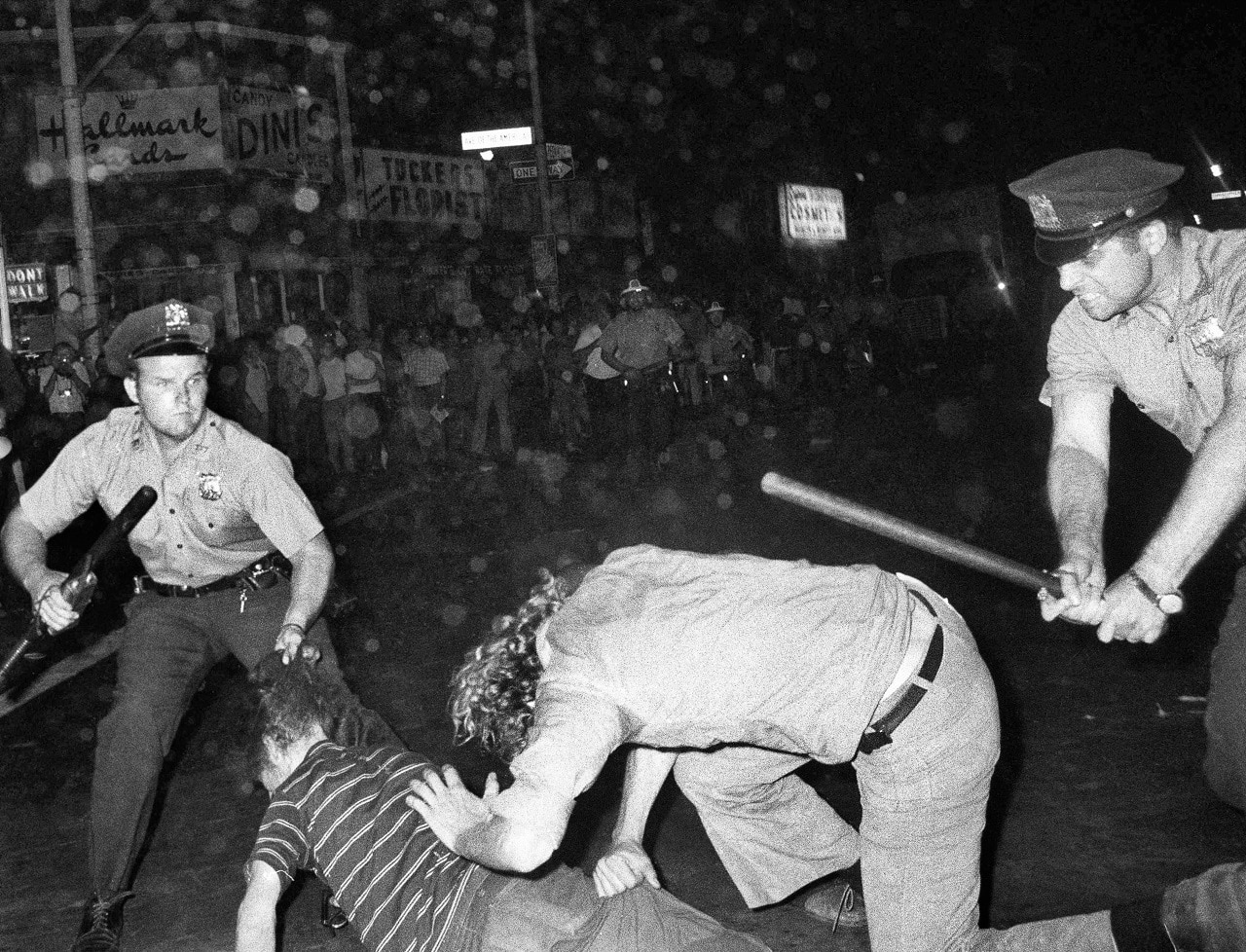Queer history is something very important to me because it is not talked about enough.
Public opinion of the LGBTQ+ has varied throughout history but there are some key points where queer folk were either strategically ignored, shown open aggression, or accepted.
Some examples of key turning points could be the Stonewall Riots of 1969 that would later evolve into the Pride parades that we know today.
Other interesting turning points are the Lavender Scare 1950-1973 where gay men particularly were seen as threats from communism,
or how the government let the AIDs epidemic devastate the queer population in the 1980s while society blamed AIDs wholly on the LGBTQ+.
There is also Harvey Milk, who was the first openly gay man to run for office. It put the community in a very public eye. He was shot before the election.
A very interesting aspect of queer history that I only recently learned about was the first Institue for Sexual Research in 1930, committed to providing gender affirming care, and other gender studies. Known as a safe place, it was some of the first scientific studies on what it means to be homosexual and transgender. It was burned in one of the first book burnings by the Nazis, completely erasing its existence to society until recent.
There are plenty of artifacts on the Stonewall Riots including images, articles, and a few videos of Marsha P. Johnson: a key figure in the riots. There was even a movie made about her in 2017. This is the same for Pride. There are multiple videos, interviews, ads, clothing brands using the rainbow symbol, etc.
For the Lavender Scare, there are very compelling, very recent, interviews of men who went through it. It is extra shocking because of how young they still are which really highlights how recent this persecution was.
For the AIDs epidemic, there was a recent documentary on the tribute concert to Freddie Mercury where artists of the time who knew him used the opportunity to spread awareness for the epidemic. The music itself could be considered an artifact.
Similar to Marsha P. Johnson, Harvey Milk also has a movie titled “Milk” as well as images from his campaign.
The Institut für Sexualwissenschaft has recent articles and images of some of the first documented trans and nonbinary folk.
Then, of course, there is also when gay marriage was legalized in the United States in 2015. This is the most visible and accepted that LGBTQ+ people have been in history.


